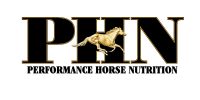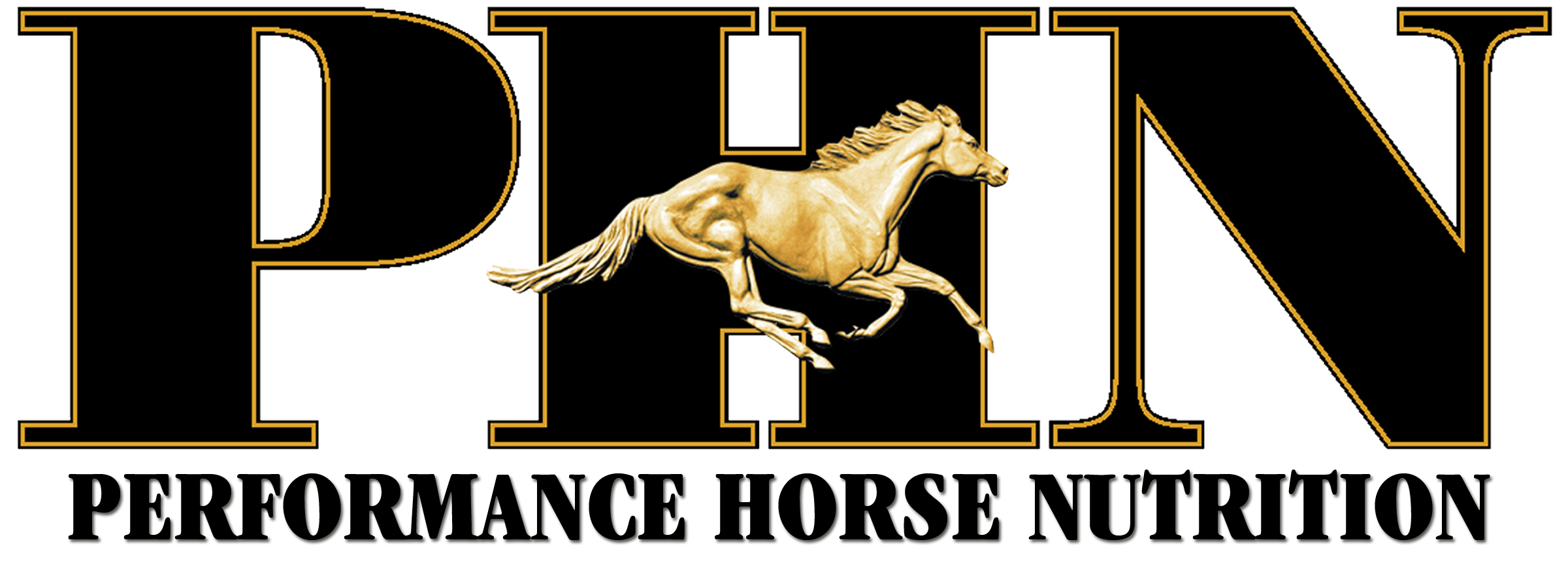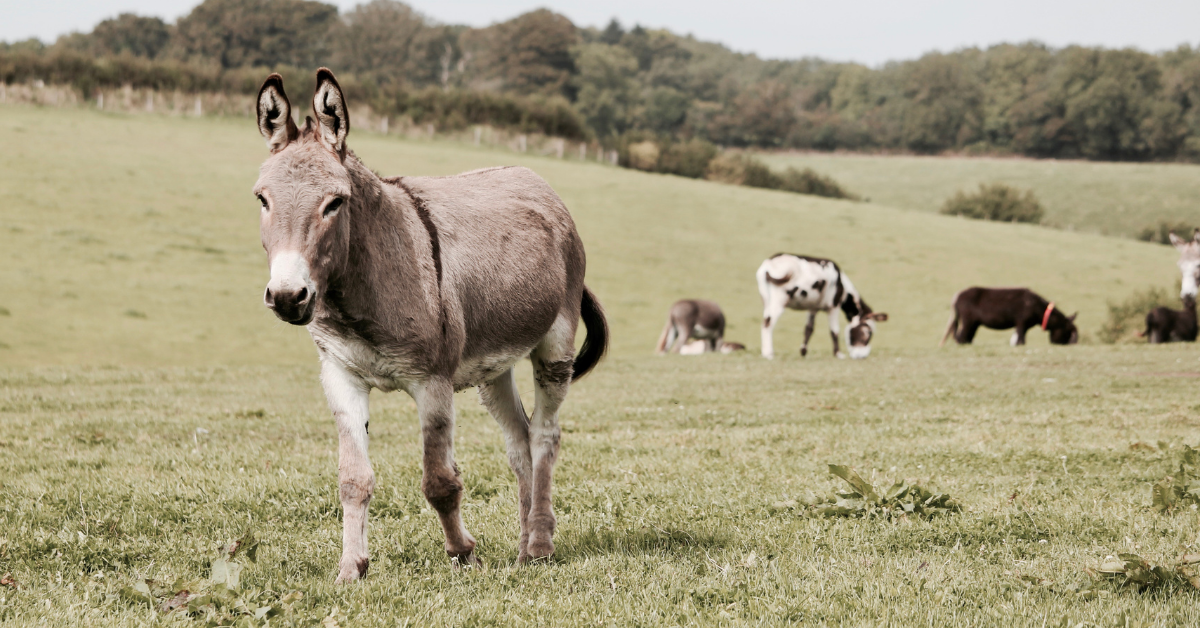FEEDING
DONKEYS AND MULES
2021

Written by Performance Horse Nutrition
Donkeys are members of the equine family along with horses, ponies, zebras and mules. Most people think you can feed them a diet similar to horses but in lower quantity. Donkeys however have unique evolutionary traits that make them anatomically and behaviorally distinct. Donkeys are highly adaptable feeders that if given the opportunity will consume a variety of different grasses and shrubs to obtain sufficient nutrients. It is generally accepted that the donkey can exist with less food than a horse. Donkeys and mules can utilize more mature, less digestible, more fibrous plant material than a horse. They are able metabolize their feed very efficiently and can be overfed very easily. The donkeys’ efficient utilization of food makes them “easy keepers.” However, don’t let the term misguide, you. It is important to take care in determining when and how much to feed a donkey. Obesity is a major concern in modern domesticated donkeys.
Forage
Studies have shown that donkeys voluntarily consume much less forage compared to horses; 1.5% of body weight (BW) for donkeys compared to 3.1% of BW for horses. The donkeys heightened ability to digest low quality forage has been likened to that of a goat. It is important not to provide pasture that is lush and nutrient dense. Low-quality pasture grasses are adequate. There is limited information about protein requirements for donkeys but researchers have suggested that they are very efficient in the utilization of dietary protein. It has also been suggested that donkeys have a 20% lower digestible energy requirement than horses. Good grass hay is adequate for donkeys. Legume hay such as lucerne is not recommended for the same reason that lush pasture is not good for donkeys. The digestibility is very high as is the energy and nutrient content. Donkeys are prone to obesity and will develop laminitis if they are given access to lush pastures such as spring and fall pasture.
Concentrate
While grass and hay is most often sufficient to supply the maintenance requirements for most donkeys, additional supplementation in the form of concentrate feeds may be needed when donkeys cannot eat sufficient forage to meet nutrient requirements. Classes of donkeys that need concentrate feeding include those that are working heavily, pregnant, lactating, growing or senior. The amount of concentrate that should be provided is determined by the BW and physiological state of the donkey.
Water
The donkey has the ability to continue eating for several days when deprived of drinking water. It has been suggested that donkeys have the ability to conserve internal water stores and avoid thirst by reducing sweating for temperature control and reducing the amount of water lost in manure. Donkeys have the lowest water requirements of all domestic animals with the exception of camels. Under hot conditions (85°F to 100°F) donkeys consumed water at a rate of 9% of BW per day. Under cooler conditions donkeys consumed water at a rate of 4-5% of their BW per day.
Nutritional Disorders
Obesity is the biggest challenge facing most non-working donkeys kept in areas of the world where food sources are abundant and of good quality. Where emaciation is very common in most areas where donkeys are used heavily for work and food is scarce and of poor quality. Body condition scoring donkeys is very similar to condition scoring horses using a 1 to 9 scoring system where 1 is emaciated and 9 is obese). Donkeys tend to accumulate fat on the neck, on either side of the chest wall giving a saddlebag appearance and around the buttocks. Several studies in horses and ponies have clearly shown that regional fat deposited on the neck of the animal indicated a higher risk for developing metabolic challenges such as insulin resistance and laminitis. Donkeys frequently accumulate fat on their necks and are at high risk of insulin resistance and laminitis.
Practical feeding Strategies
Donkeys that are not doing any work should be able to meet all of their nutrient requirements from good grass hay fed at a rate of 1.5% of BW. If the donkey is overweight then this amount should be decreased to 1.25% of BW. In severe cases with the guidance of a veterinarian or nutritionist this can be reduced to 1% of BW. Working, lactating or growing horses may need additional concentrate. Due to the donkeys increased ability to metabolize energy and protein it is important that we do not feed concentrates that are high in these nutrients.

